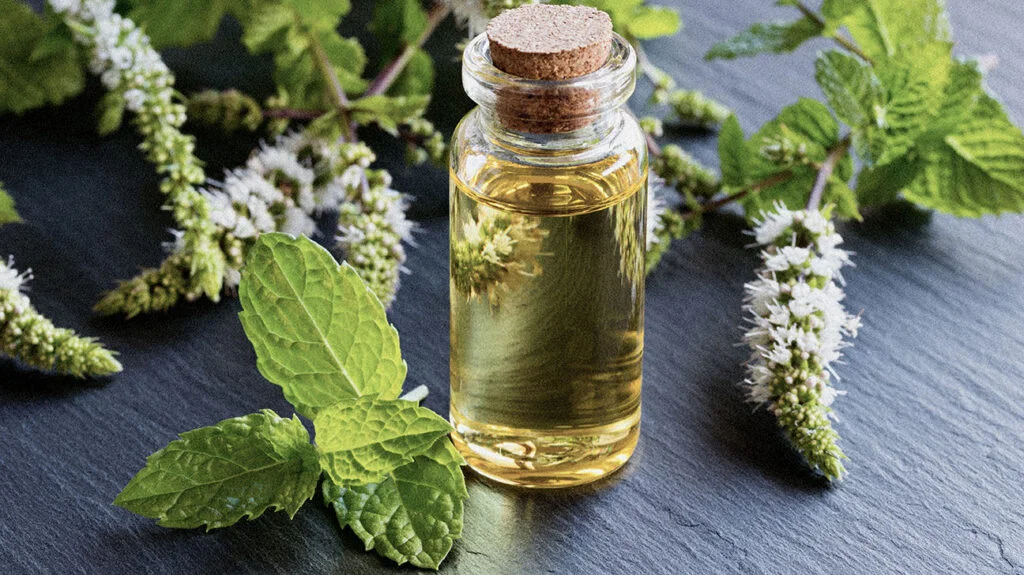How To Use Peppermint Oil For Plants?

How to Use Peppermint Oil for Plants: A Comprehensive Guide
Peppermint oil, derived from the peppermint plant (Mentha × piperita), is not only celebrated for its aromatic properties but also for its potential benefits in gardening. This article explores the various ways peppermint oil can be used for plants, including its applications as a pest repellent, fungicide, and growth enhancer. Additionally, we will address common questions and concerns regarding its use, provide practical recipes, and discuss safety measures.
Table of Contents
- Introduction to Peppermint Oil
- Benefits of Using Peppermint Oil for Plants
- How to Use Peppermint Oil
- 3.1. As a Pest Repellent
- 3.2. As a Fungicide
- 3.3. As a Growth Enhancer
- Dilution and Application Methods
- Precautions and Safety Measures
- Frequently Asked Questions
- Conclusion
- References and Further Reading
1. Introduction to Peppermint Oil
Peppermint oil is an essential oil extracted from the leaves and flowering tops of the peppermint plant. It contains various compounds, primarily menthol, which contribute to its characteristic aroma and therapeutic properties. Historically, peppermint oil has been used for culinary, medicinal, and aromatic purposes, but its applications in gardening are gaining recognition.
Composition of Peppermint Oil
- Menthol: Provides the cooling sensation and aroma.
- Menthone: Contributes to the oil’s fragrance and potential insect-repelling properties.
- Other Compounds: Includes limonene, 1,8-cineole, and beta-caryophyllene, which may have additional benefits for plants.
2. Benefits of Using Peppermint Oil for Plants
Peppermint oil offers several benefits when used in gardening, making it a valuable addition to any gardener’s toolkit.
2.1. Pest Repellent
Peppermint oil is known for its ability to deter various pests, including:
- Aphids
- Spider mites
- Whiteflies
- Ants
- Mosquitoes
The strong scent of peppermint oil can mask the odors that attract these pests, making it an effective natural deterrent.
2.2. Fungicidal Properties
In addition to repelling insects, peppermint oil has antifungal properties that can help combat fungal infections in plants. It can be effective against:
- Powdery mildew
- Leaf spot diseases
- Root rot
2.3. Growth Enhancement
Some studies suggest that peppermint oil may stimulate plant growth by enhancing photosynthesis and nutrient uptake. While more research is needed, gardeners have reported positive results when using peppermint oil in their gardening practices.
3. How to Use Peppermint Oil
There are several ways to incorporate peppermint oil into your gardening routine. Below are the most common applications.
3.1. As a Pest Repellent
To use peppermint oil as a pest repellent, follow these steps:
- Prepare a Spray Solution:
- Ingredients:
- 1 gallon of water
- 10-15 drops of peppermint essential oil
- 1 teaspoon of liquid soap (to help emulsify the oil)
- Instructions:
- Mix the water, peppermint oil, and soap in a spray bottle.
- Shake well before each use.
- Ingredients:
- Application:
- Spray the solution directly onto affected plants, focusing on the undersides of leaves where pests often hide.
- Reapply every few days or after rain.
3.2. As a Fungicide
To use peppermint oil as a fungicide:
- Prepare a Fungicidal Spray:
- Ingredients:
- 1 gallon of water
- 10 drops of peppermint essential oil
- 1 teaspoon of baking soda (optional, for additional antifungal properties)
- Instructions:
- Combine the ingredients in a spray bottle and mix well.
- Ingredients:
- Application:
- Spray the affected areas of the plant, ensuring thorough coverage.
- Use this solution weekly or as needed to control fungal infections.
3.3. As a Growth Enhancer
To potentially enhance plant growth with peppermint oil:
- Soil Drench:
- Ingredients:
- 1 gallon of water
- 5 drops of peppermint essential oil
- Instructions:
- Mix the ingredients and pour the solution directly onto the soil around the plants.
- Ingredients:
- Application:
- Use this method once a month during the growing season.
4. Dilution and Application Methods
Proper dilution is crucial when using peppermint oil on plants to avoid any adverse effects. Always dilute peppermint oil before applying it to plants, as concentrated oil can cause leaf burn or damage.
Dilution Ratios
- General Pest Repellent: 10-15 drops per gallon of water.
- Fungicide: 10 drops per gallon of water.
- Growth Enhancer: 5 drops per gallon of water.
Application Techniques
- Spray Bottle: Ideal for applying diluted solutions to leaves and stems.
- Soil Drench: Effective for delivering nutrients and oils directly to the roots.
- Soaking Method: For severe infestations, soak affected plants in a diluted solution for a short period.
5. Precautions and Safety Measures
While peppermint oil is generally safe for plants, there are some precautions to consider:
- Test First: Always perform a patch test on a small area of the plant before widespread application to ensure no adverse reactions occur.
- Avoid Flowering Plants: Do not spray peppermint oil on flowering plants, as it may deter beneficial pollinators like bees.
- Monitor Plant Health: After application, observe the plants for any signs of stress or adverse reactions, such as yellowing leaves or wilting.
- Store Properly: Keep peppermint oil in a cool, dark place to maintain its potency.
6. Frequently Asked Questions
Q1: Can I use peppermint oil on all types of plants?Yes, peppermint oil is safe for most plants, but it’s advisable to test it on a small area first.
Q2: How often should I apply peppermint oil to my plants?Reapply every few days or after rain, especially for pest repellent applications.
Q3: Will peppermint oil harm beneficial insects?Peppermint oil can deter some beneficial insects, so avoid using it on flowering plants where pollinators are present.
Q4: Can I use peppermint oil for indoor plants?Yes, peppermint oil can be used for indoor plants, but ensure proper ventilation when spraying.
Q5: Is peppermint oil effective against all pests?While peppermint oil is effective against many pests, it may not work on all species. It is best used as part of an integrated pest management approach.
7. Conclusion
Peppermint oil is a versatile and effective tool for gardeners looking to manage pests, combat fungal infections, and potentially enhance plant growth. By understanding how to properly use and apply peppermint oil, gardeners can harness its benefits while minimizing risks to their plants and the surrounding ecosystem. With careful application and monitoring, peppermint oil can be an invaluable addition to any gardening strategy.
8. References and Further Reading
For more information on peppermint oil and its uses, you can visit the Peppermint Wikipedia page.
Summary Table of Peppermint Oil Uses
| Use | Description |
|---|---|
| Pest Repellent | Deters pests like aphids and mosquitoes. |
| Fungicide | Helps combat fungal infections such as powdery mildew and leaf spots. |
| Growth Enhancer | May stimulate plant growth by enhancing nutrient uptake and photosynthesis. |
| Dilution Ratio | General pest repellent: 10-15 drops per gallon of water; Fungicide: 10 drops per gallon. |
| Application Method | Spray bottle for foliage; soil drench for root treatment. |
This comprehensive guide provides valuable insights into using peppermint oil for plants, ensuring that gardeners can effectively utilize this natural resource while promoting healthy plant growth and pest management.



